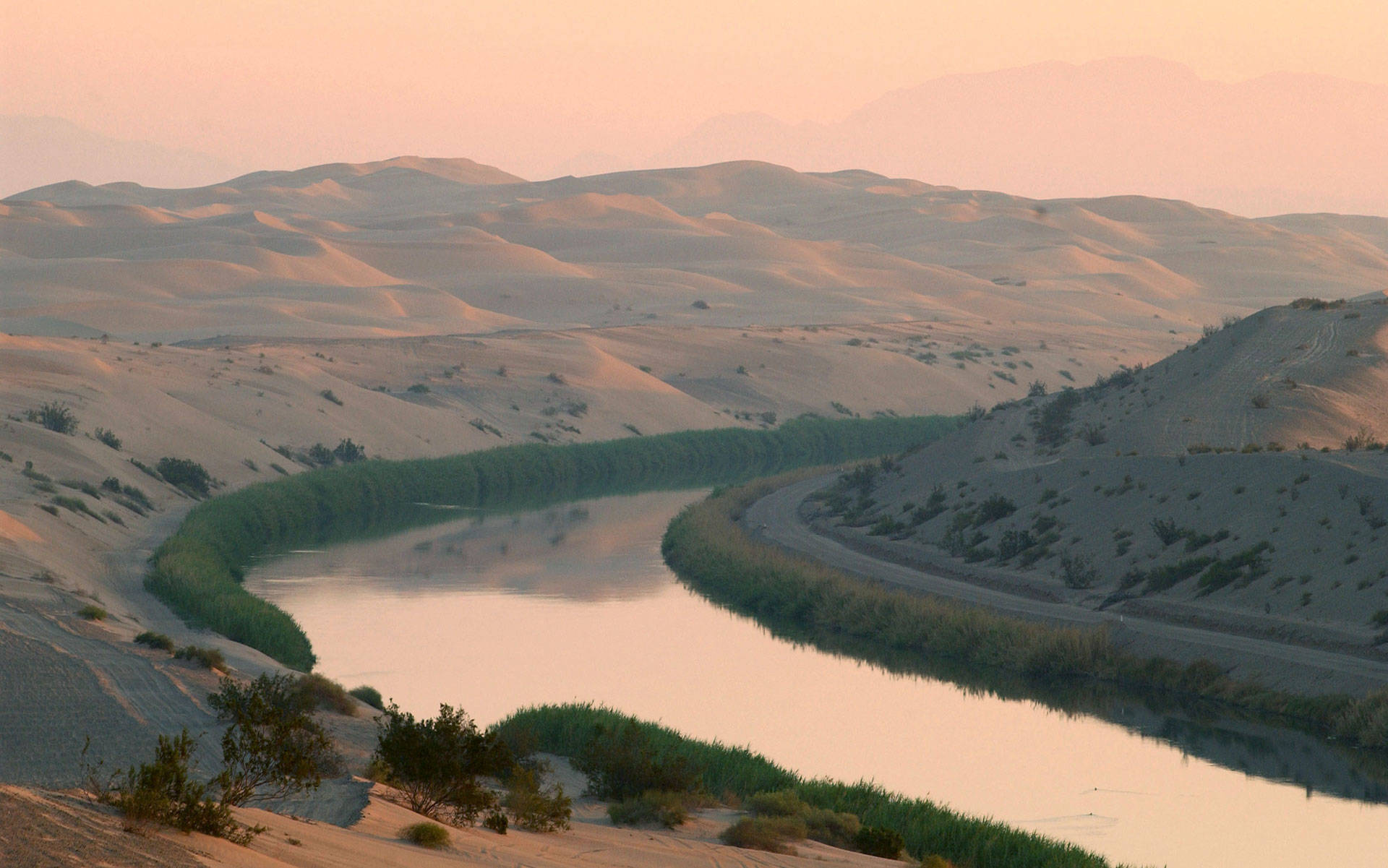Rising temperatures are undermining the source of one-third of Southern California’s drinking water: the Colorado River.
A new study by the U.S. Geological Survey finds the river’s flow has shrunk by about 7 percent over the past 30 years. As air temperature rises due to increasing emissions of greenhouse gases, more water is sucked into the atmosphere from the snowpack and the river itself instead of flowing downstream.
The amount that has evaporated is equal to approximately 24 percent of the total amount of California's annual Colorado River allocation.
"These are pretty significant amounts that are being lost as temperatures have gone up," said lead author Gregory McCabe, a climate scientist with USGS in Denver.
That is sobering news for Southern California, where Colorado River supplies were a lifeline during the recent five-year drought. During the driest year, 2014, the region’s other main source of water, the Sierra Nevada snowpack, was nearly nonexistent. The series of aqueducts and canals that carry water from Northern to Southern California delivered just 5 percent of its normal amount that year. The region relied heavily on Colorado River water to make up the gap.
